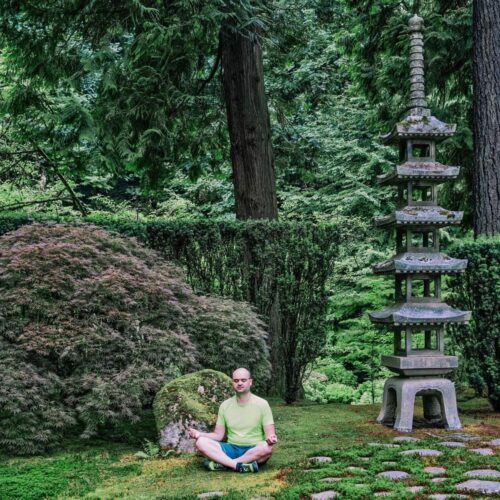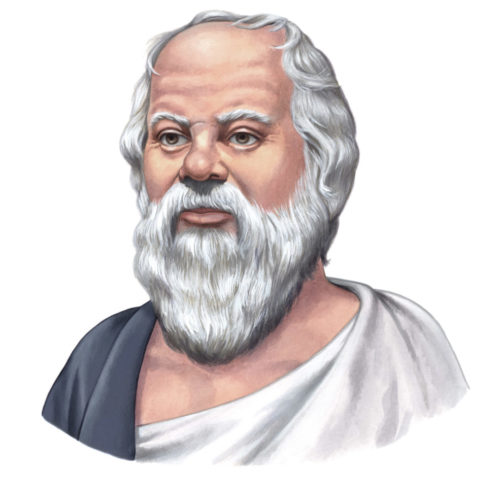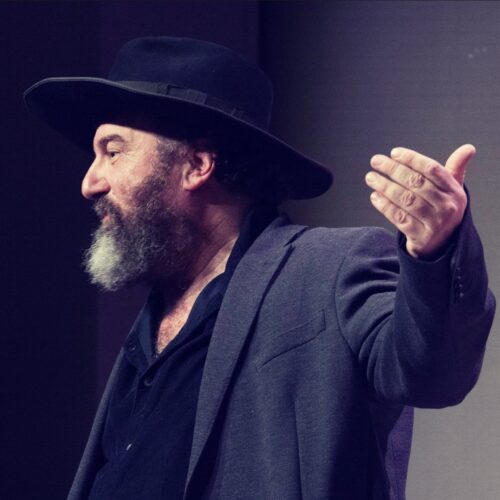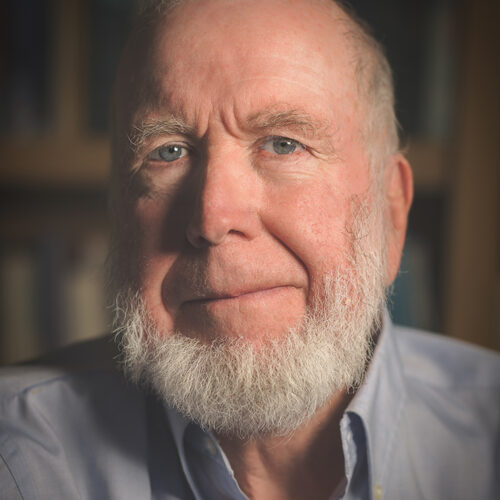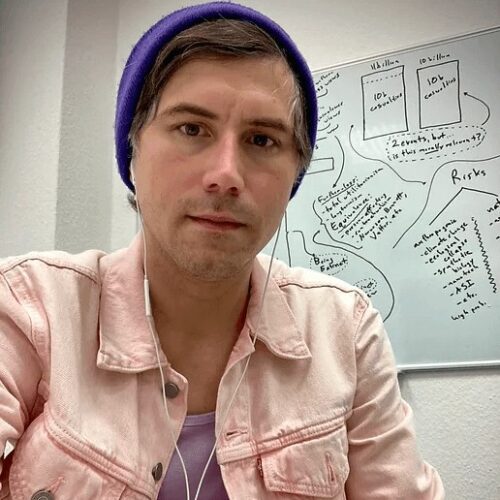Dr. Stuart Hameroff: Consciousness is More than Computation!
Socrates / Featured Podcasts, Podcasts
Posted on: September 12, 2013 / Last Modified: June 3, 2024
Podcast: Play in new window | Download | Embed
Subscribe: RSS
Dr. Stuart Hameroff is a Professor of Anesthesiology and Psychology and Director of the Center for Consciousness Studies at the University of Arizona. Together with British quantum physicist Sir Roger Penrose, Hameroff is the co-author of the controversial Orch OR model of consciousness.
I first met Dr. Hameroff at the recent GF2045 conference where the usually mild-mannered Ray Kurzweil went out of his way to make it abundantly clear that the Orch OR model is totally wrong. Others called it “speculative,” “non-testable” and “unscientific”. By now both Stuart and Roger must have become accustomed to such attacks, and I have developed a lot of respect for the calm but firm way they are daring to stand their ground. Furthermore, if the Orch OR model were to be correct, then, there will be profound implications on a variety of fields and disciplines such as medicine, neuroscience, artificial intelligence, quantum physics, and philosophy. And so I decided to bring Dr. Hameroff on Singularity 1 on 1 where we can confront the controversy head-on.
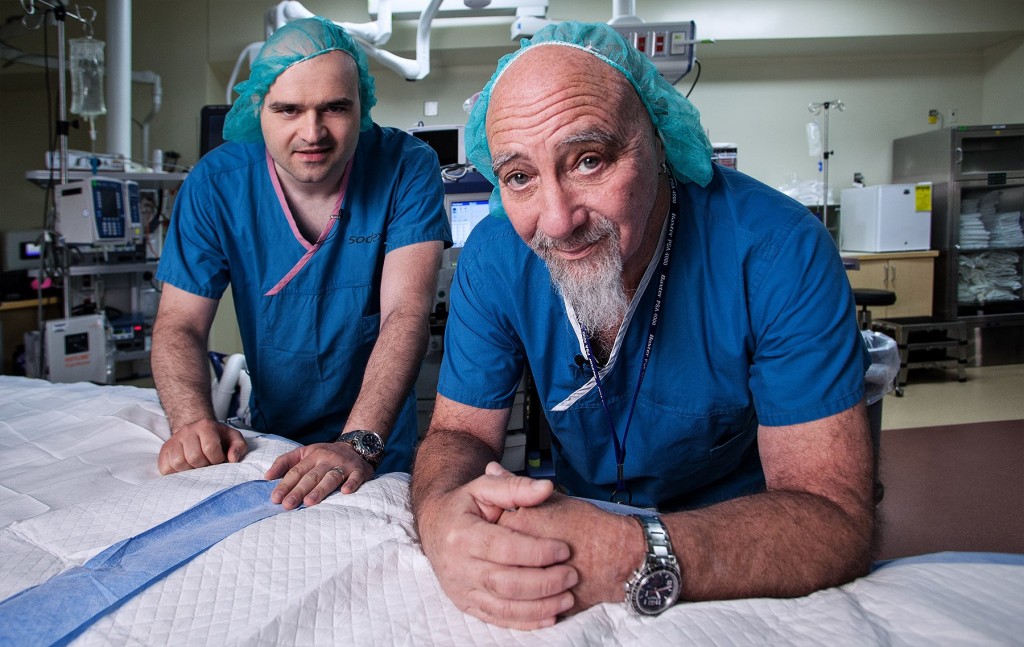
During our 1 hour conversation with Stuart we cover a variety of interesting topics such as: how he got interested in studying consciousness and the definition thereof; why understanding anesthesia is the route to understanding consciousness; the hard problem of consciousness; why the brain is more than a classical computer; how Hameroff reached out to Roger Penrose after reading The Emperor’s New Mind; the Orch OR model and why the vast majority of scientists are disdainful of it; the best ways of proving or disproving the Hameroff/Penrose model and the most important implications if it is indeed correct; out-of-body experiences, quantum souls, afterlife, and reincarnation; Hinduism and Buddhism; cryonics and chemical brain preservation; Stuart’s upcoming paper [together with Roger Penrose] where they will review and present new evidence in support of the Orch OR theory.
Some of the most memorable quotes that I will take away from this interview are:
Consciousness is the most important thing there is!
Assuming that a neuron is a bit-like [computer] firing ON or OFF is a tremendous insult to neurons.
Most scientists can’t explain consciousness in the brain, so they can’t say that consciousness out of the brain is impossible.
Consciousness is the music of the Universe.
This is by far the highest quality, best produced, and most expensive interview that I have done so far. It would have never happened without the generous support of Richard and Tatiana Sundvall. I am also very obliged to videographer Carl Geers not only for doing a great job behind the camera but also for putting up with my mercilessly caustic sense of humor for three long days. Finally, I want to thank Dr. Stuart Hameroff for welcoming a “Singularity/AI type” like me in his operating room, as well as his genuine willingness to address any and all of my tough questions on the spot, without preparation and prior approval.
As always you can listen to or download the audio file above or scroll down and watch the video interview in full. To show your support you can write a review on iTunes, make a direct donation, or become a patron on Patreon.
Who is Stuart Hameroff?
Stuart R. Hameroff, M.D. is Professor of Anesthesiology and Psychology, and Director of the Center for Consciousness Studies at the University of Arizona in Tucson, Arizona. A full-time clinical anesthesiologist, he also organizes the well-known interdisciplinary conferences Toward a Science of Consciousness and serves on the Editorial Board of the Journal of Consciousness Studies. Stuart earned his B.S. in Chemistry at the University of Pittsburgh in 1969, and his M.D. at Hahnemann Medical College in Philadelphia in 1973.
In medical school in the early 1970s, Stuart became interested in microtubules, protein structures that organize intra-cellular activities. Struck by their lattice structure and seeming intelligence, Stuart and his colleagues in the 1980s developed a theory of microtubules as information processing devices — as self-organizing molecular computers inside cells, for example supporting consciousness in brain neurons. In 1987 he authored Ultimate Computing: Biomolecular Consciousness and Nanotechnology, which closed with a Singularity-like vision of large microtubule arrays into which human consciousness could be downloaded and preserved.
But while microtubule-level processing immensely increased the brain’s potential computational capacity, Stuart came to believe computation per se failed to solve the problem of conscious experience. Having also studied quantum-level mechanisms of anesthesia, he became enamored of quantum approaches to consciousness. In the early 1990s, he teamed with Sir Roger Penrose to develop the controversial Penrose-Hameroff Orch OR model of consciousness based on quantum computation in microtubules within neurons. More recently, Stuart developed the conscious pilot, a theory supportive of Orch OR involving spatiotemporal envelopes of dendritic synchrony moving through the brain as a conscious agent, a concept similar to certain AI approaches of executive ‘bubbles of awareness’ moving through computational manifolds.
In addition to writing Ultimate Computing (Elsevier), Stuart has appeared in the surprise hit film What the Bleep!? and has published 140-or-so peer-reviewed articles such as: The brain is both neurocomputer and quantum computer, Orchestrated reduction of quantum coherence in brain microtubules (with Penrose), Conscious events as orchestrated space-time selections (with Penrose), Quantum computation in brain microtubules: Decoherence and biological feasibility (with physicists Scott Hagan and Jack Tuszynski).
Dr. Hameroff’s website is www.quantumconsciousness.org.

